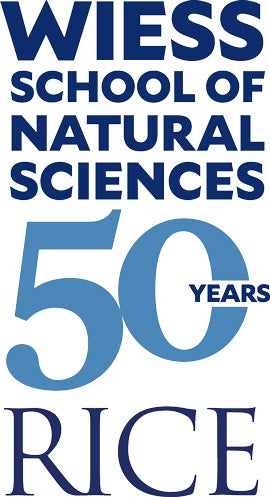
Matt McCary’s interest in the natural world was sparked by an unforgettable childhood moment. Growing up in Chicago, he often accompanied his father, a pest control technician, on jobs. In one apartment, his father pulled back a refrigerator to reveal thousands of German cockroaches scattering in every direction. While his younger brother fled in terror, McCary was captivated. “They just ran everywhere, and they were very fast,” he said. “I was fascinated.”
That fascination stayed with him through graduate school, where McCary joined the lab of spider expert David Wise. Initially drawn to predator-prey interactions, he became increasingly curious about the soil itself. “These fundamental interactions between species are very common in soil, but not many people think about them in that context,” he said. That realization fueled his passion for understanding soil biodiversity — the microbes, fungi, earthworms, insects and other organisms living beneath our feet — and how it shapes ecosystems.
Today, McCary’s research investigates the critical role soil biodiversity plays in processes like water filtration, nutrient cycling, and carbon storage and how human impacts such as urbanization, climate change, and invasive species disrupt these processes. When soils degrade, the consequences extend far beyond the ground: soil erosion reduces agricultural productivity and increases sediment in waterways, while disrupted nutrient cycling can affect air quality. “Life as we know it really depends on the health of the soil,” he explained. “Degraded soils have real-world consequences for humans.”

One of McCary’s recent studies, published in the prestigious Proceedings of the National Academy of Sciences, revealed how invasive plants are reshaping soil ecosystems across the United States. Analyzing more than 300 sites, he and his collaborator found that as invasive plant density increases, microbial communities lose their local distinctiveness. Invasive plants grow quickly, outcompeting native plants and microbes for nutrients. Traits like lower carbon-to-nitrogen ratios and longer, faster-growing roots amplify these changes, altering nutrient cycling and soil structure. “It makes the soils look very similar whether you’re in Florida, Alaska or Illinois,” McCary said.
A striking example of the negative impact of invasive plants comes from garlic mustard, which releases chemicals into the soil that kill fungi. Many native plants rely on fungi for survival, giving garlic mustard a competitive advantage. The damage doesn’t stop there. Springtails — tiny arthropods that depend on fungi for food — are also wiped out, causing cascading effects throughout the soil community. “Springtails are often used as indicators of soil health. If you find very few individuals, you probably don’t have a very healthy soil,” McCary said.

McCary’s research has practical applications to guide restoration and conservation strategies for land managers tackling invasive species like garlic mustard. His work also reflects a broader mission to empower communities to address the environmental challenges they face.
“As a Black man from a low-income neighborhood in Chicago, I often think about how environmental issues disproportionately affect communities like mine,” McCary said. “And the people who know how to mitigate these challenges don’t often come from those communities.” He’s committed to changing that dynamic by sharing knowledge and resources to help communities tackle these challenges.
McCary also brings this passion for equity to his role as a mentor. He encourages his students to think critically about how science can drive meaningful change. “I want people to feel like they have a stake in this work,” he said. “That they have the agency to bring big, bright ideas to start to address these environmental issues.”
By linking groundbreaking research with a commitment to community and mentorship, McCary exemplifies how science can protect the planet while empowering the people most affected by environmental challenges.

